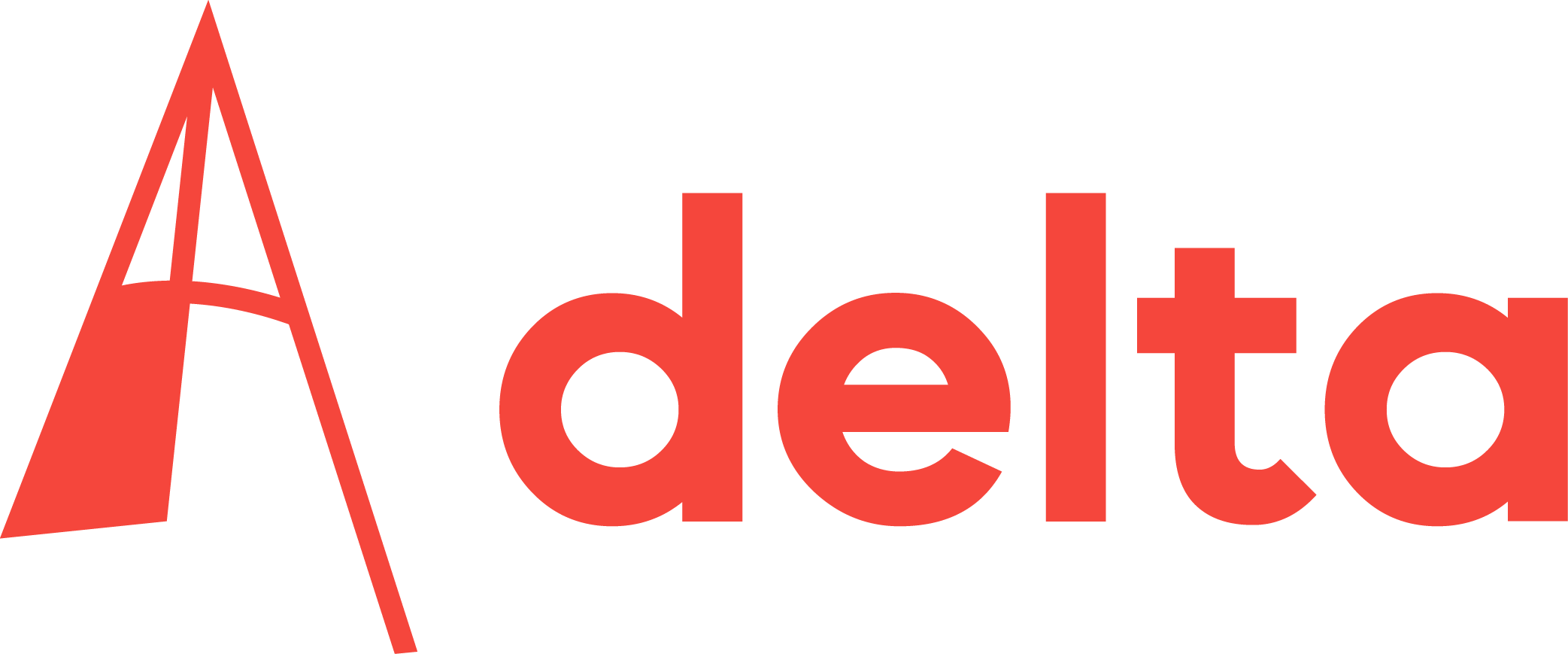Name: Elizabeth Rendon Velez (33)
Nationality: Colombian
Supervisors: Professor Imre Horvath (Phd supervisor); Wilfred van der Vegte (daily supervisor), both from the Industrial Design Engineering faculty
Subject: Identifying drivers who are in a hurry
Thesis defense: In two years
“Once I was driving a bit slowly in Germany – I’m quite a relaxed driver – and someone who was changing lanes continuously raised his middle finger at me. He was probably in a hurry.
My research is about identifying hurried drivers. I’m investigating symptoms which could be used to detect when a driver starts hurrying, like increased heart rate, abrupt body movements and a strong grip on the steering wheel. People who are in a hurry tend to misbehave, which can lead to dangerous situations. If it would be possible to automatically detect when a driver starts hurrying, novel accident-prevention systems could be developed that, for instance, activate an alert mode or try to mitigate the stress by putting on relaxing music.
Apart from identifying hurry-indicators I also have to measure them while people are driving. At first I will use a driving simulator. I will use some sensors to measure indicators, such as heart rate and the intensity of the body movements, and I will record information about speed and acceleration. Cameras will record the facial expressions and the actions performed by the drivers. The combination of these indicators will be used to detect when a driver is in ax hurry.
Later I will experiment in the real world in order to check if the indicators selected are indeed occurring. Of course I cannot ask people to drive fast, as that would be dangerous. So I will have to instrument the vehicle for a longer period of time and use people who quite often tend to be in a hurry anyway. What I found very difficult about the research until now was narrowing down the topic. I didn’t know anything about this field before I started.
I did my BSc in mechanical engineering and MSc in informatics engineering at Eafit University in Colombia. As a mechanical engineer we put more emphasis on the product functionality rather than in the interaction of the user with the product. Here at TU Delft’s faculty of Industrial Design Engineering the user is considered an important aspect in the design of a product. One of my goals is to learn how to combine properly these two aspects. My PhD research is a shared project between TU Delft and Eafit University.”
Zijn meetsysteem is een uitvloeisel van een meer fundamentele studie naar de voorplanting van licht in samengestelde vaste stoffen. De meting van de dichtheid van botten is onder meer van belang bij de diagnose van osteoporose. De methode is gecheckt tegen de standaard meetmethode met röntgenstraling.
Proefschrift: Optical Techniques for the Study of Living Tissue.



Comments are closed.